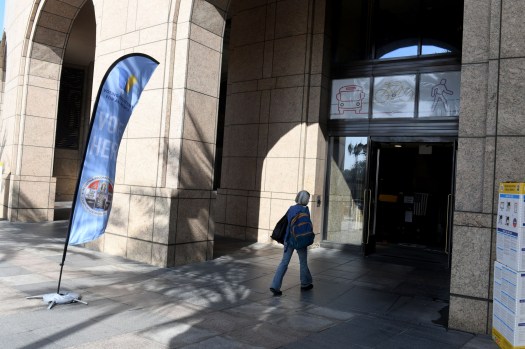UPDATE: The brewing industry in Boulder is grappling with an urgent crisis as taproom visits plummet. Executives at the BizWest CEO Roundtable revealed that rising rents, ingredient costs, and minimum wage increases are compounded by a significant cultural shift: fewer people are going out.
Jeffrey Green, co-owner of Very Nice Brewing Co., stated, “The general going-out culture has been set back.” Despite the challenges, he remains optimistic about the future of craft beer. This change in consumer behavior is alarming, as many breweries report a 5% drop in business from last year, with some facing declines of up to 50%.
The shift in social habits is evident. “The younger generation doesn’t seem to be engaging in the craft-beer world,” said Steve Conrad, head brewer at Busey Brews Smokehouse and Brewery. As younger customers prioritize social media interaction over in-person gatherings, breweries are seeing fewer patrons.
Davin Helden, owner of Liquid Mechanics Brewing Co., noted, “People are in their 40s and 50s, and their doctors say, ‘Maybe like one or two’ beers instead of four.” This demographic shift is forcing breweries to adapt their strategies.
Breweries are not only facing health-related declines in beer consumption but also the lingering effects of the COVID-19 pandemic, which has changed drinking habits. “People got used to drinking alone at home,” Helden added. Bob Baile, owner of Twisted Pine Brewing, emphasized the importance of attracting customers back with engaging experiences, saying, “Our prime mission is ‘AIS: asses in seats.’”
Innovative approaches are emerging as breweries seek to recover. Baile transformed his packaging area into an event space to host gatherings, aiming to fill the void left by declining taproom customers. “We’re seeing families in their 40s and 50s bringing in kids and grandkids,” he noted, highlighting the changing demographics of brewery patrons.
Breweries also recognize that advertising is crucial for recovery. The challenge remains to enhance visibility without succumbing to conglomerate pressures. Lynx Hawthorne of Grimm Brothers remarked on the initial struggles when relocating, stating, “Year 1 was just brutal.” However, the presence of nearby businesses has begun to attract more visitors.
The impact of rising costs cannot be ignored. Green pointed out that people are now more cautious with their spending. “If we’re going to get people to go out again, prices have to go down,” he stated. The current climate reveals that consumers prefer staying in over expensive outings.
As breweries adapt, some are hopeful for a resurgence in social drinking. Helden reflected, “At some point, it’ll be like a flip,” where younger generations might embrace the in-person experiences their parents enjoyed.
Trivia nights and special events are strategies being employed to entice customers back to taprooms. Matt Wiggins from the Boulder Chamber noted, “The places that have developed an environment people want to go back to.”
The brewing community is united in its efforts to revive the taproom culture, but the road ahead remains challenging. As the industry navigates these urgent developments, the focus is on creating compelling experiences that can draw patrons back and reestablish the social fabric of local breweries.
This article has been adapted from original reporting by BizWest.







